Andre Romão | Vessels
In his artistic practice, Andre Romão (Lisbon, 1984) deals with the human aspects hiding in cultural and economical systems of production and interaction, exploring the confrontation between macro and micro structures in contemporary society through an “against the grain” research on economics, eroticism, violence and appropriation. The main figure in his works is always the body, it becomes the measure to all things and a subject able to be affected but also to confront systems, may them be economical, historical, social… There is always a certain tension amid the operating parties.
The artist has been developing his work in a diversity of media, from sculpture to video, but his works have their core in a systematic, yet difficult to pin-down, production of texts, faux-essay like writings and poems, which are then grouped and juxtaposed with an array of other objects and images, some produced by the artist, some appropriated or even produced by other artists. His references range from classical antiquity to contemporary advertising, from political history to pop design. His first selection of writings was now published under the title “Perpex, Marble, Bone” on the occasion of the exhibition “Europe, Europe” at the Astrup Fearnley Museet in Olso.
Romão is currently developing a group of works, extended in time, which have in common a fictional character vaguely named “the ghost” for whom the artist becomes the ghost writer, staging all of it’s performantic appearances, sculptures and other works. By doing this he creates a stage of delegated authorship and dissolute authority over meaning. The “ghost” works focus on the conflict between systems and scales, between the systemic abstraction of the ghost and the fragility of the spectators’ body.
All this series of works were initiated with “Ghost in a modern chair” presented at Fundacao Serralves in Porto and continued at MACRO in Rome, The Green Parrot, Barcelona and Vera Cortes Art Agency in Lisbon.
In the show at garcía | galería “the ghost” will inhabit an empty plaster head and will continue his discourse around the distinction between economics and eroticsm, drawing his sources from the inheritance of surrealism, body politics and human desire, to create an overlap between ideas just as the prospection of profit, exchange, desire, projection, satisfaction, behavior of markets, seduction… Empty eyes and empty shells become the portals for exchange and communication but also for the presence and absence of the human bodies.

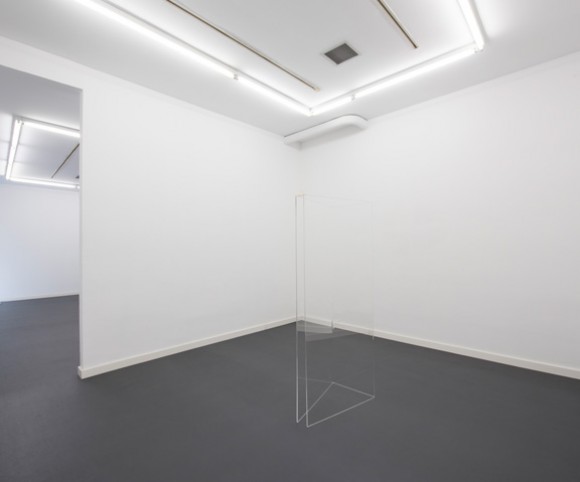
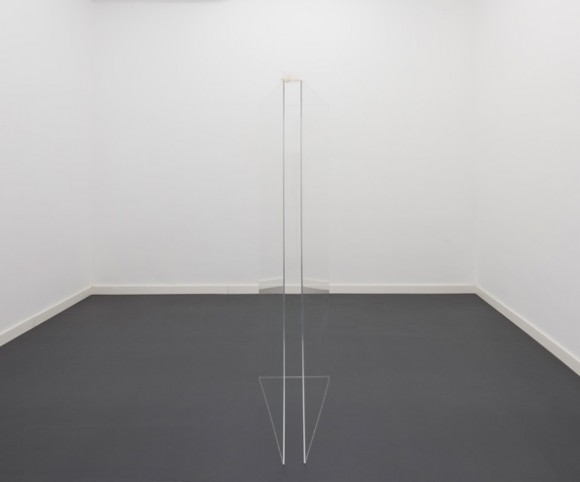
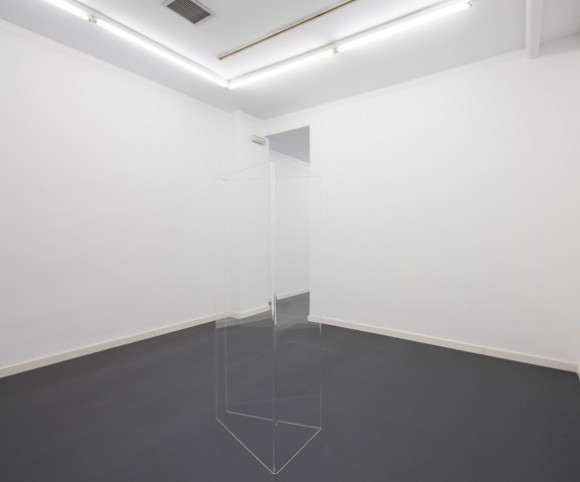
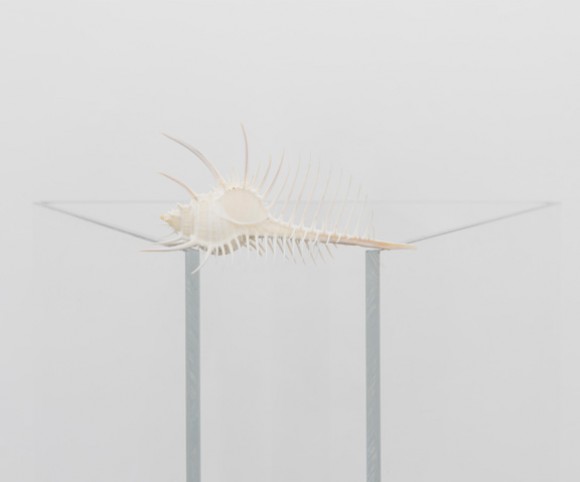
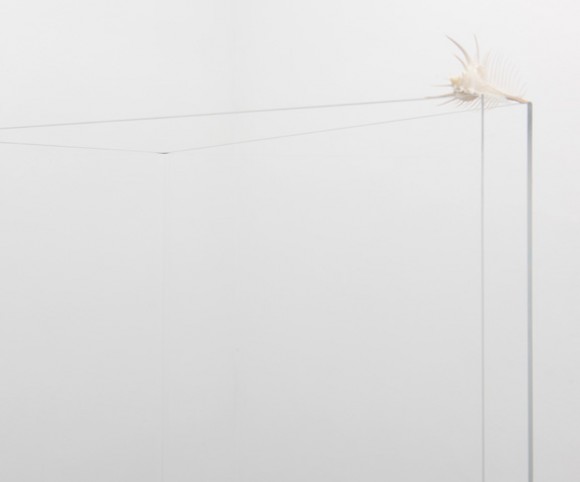
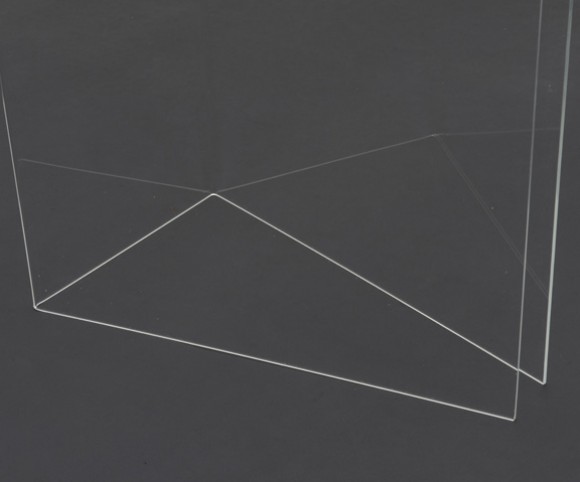
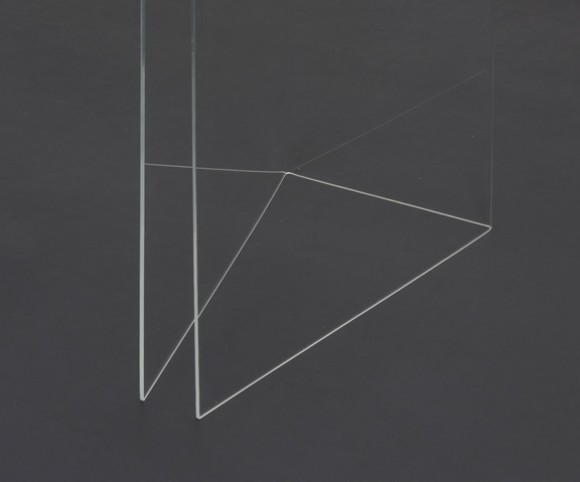
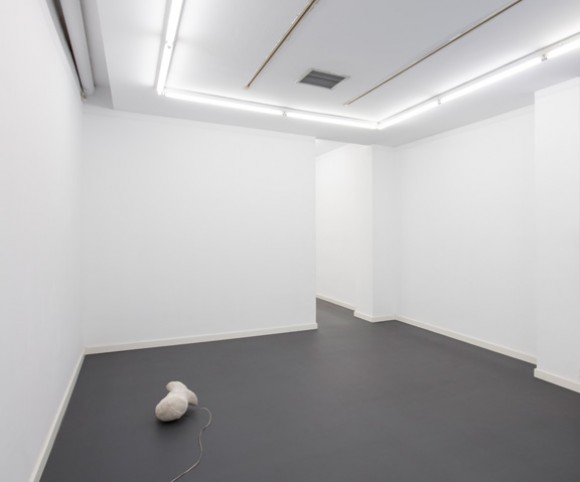
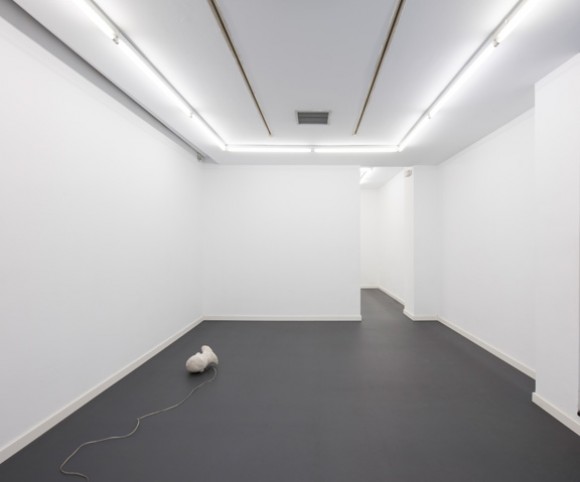
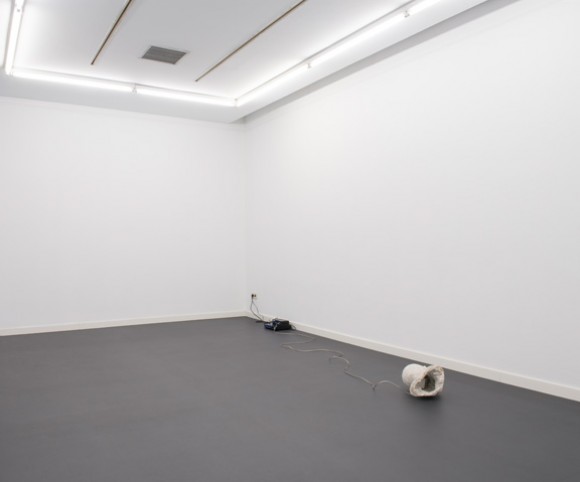
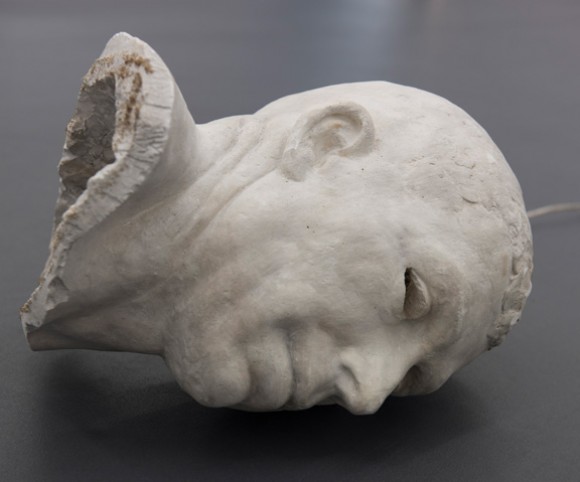
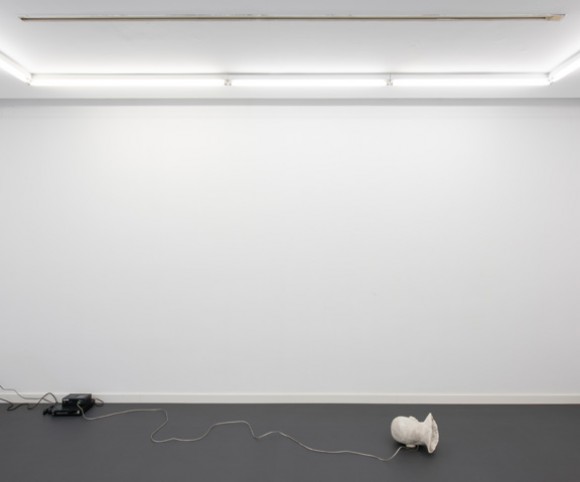
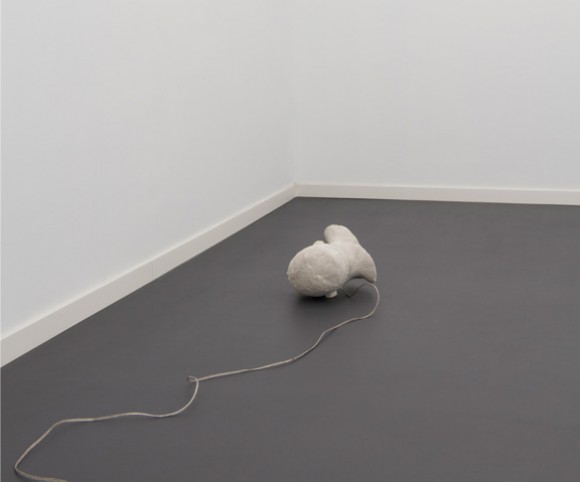
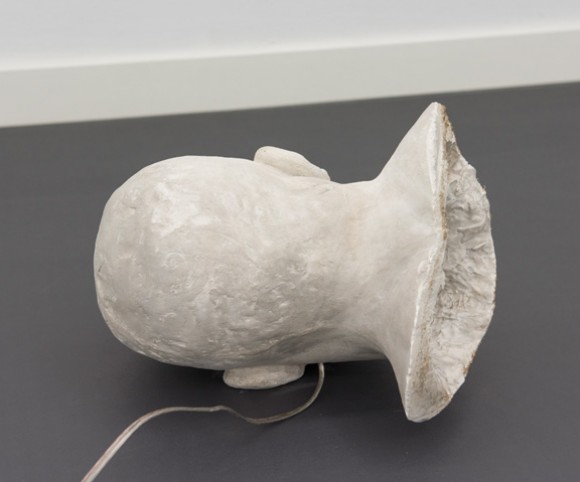
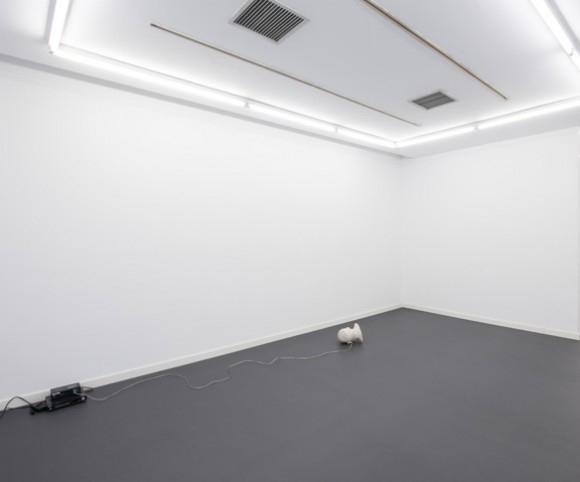
 sending...
sending...